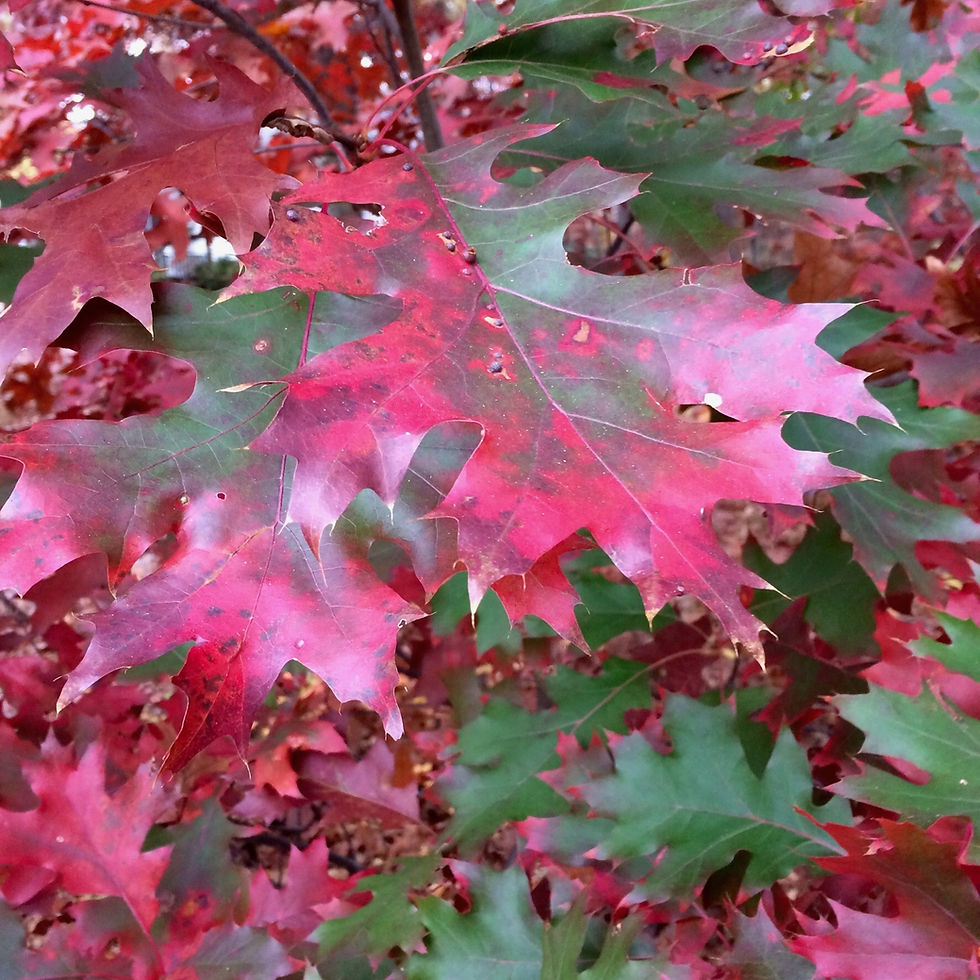Native Plant of the Week: Marsh Marigold
- Kimberly Simmen
- Apr 1, 2023
- 2 min read
Updated: Mar 24
Family: Ranunculaceae
Name: Caltha palustris
Bloom Time: April-May
Flower: Yellow
Soil Condition: Moist, wet
Light: Partial shade, shade, sun
Height: Foliage 1-4" tall by 12-18" wide with flowers it is 9-12" tall
Native Range: Native to North America including Long Island
Zone: 3-7
This adorable spring bloomer is a great addition to a pond edge or in a garden that stays consistently moist. Great early bloomer for early bees and pollinating flies.
Maintenance: Prefers moist to wet feet. May go dormant if the soil becomes too dry.
Benefits: Attracts hummingbirds and bees. Deer and rabbit resistant.
Fun Facts: Under proper conditions, early spring greens gathered from the plant are edible. To properly prepare the greens, cover the young leaves with 2 to 3 changes of boiling water until the leaves are barely tender; cut into bite-sized pieces, salt lightly, and cover with butter and some vinegar. You can also pickle tightly closed flower buds in vinegar, which can be substituted for capers, after covering them with boiling water as described above (North Carolina State Extension). Plant parts are toxic if eaten raw but the toxins degrade when heated. The plant juices may cause contact dermatitis.
Companion Plants: Acorus americanus (Sweet Flag), Chelone glabra (White Turtlehead), Iris versicolor (Blue Flag), Lobelia siphilitica (Great Blue Lobelia), Lobelia cardinalis (Red Cardinal Flower) Osmunda cinnamomea (Cinnamon Fern)
Important Note: Sometimes confused with the invasive Ficaria verna (lesser celandine). Note the difference between the flower and the leaves.

Photo: David L. Clement
=============================================================
Photo credits: Emerging Flowers, Alpsdake from Wikimedia Commons, CC BY-SA 3.0 and Flower: H. Zell, CC BY-SA 3.0
References:















Comments